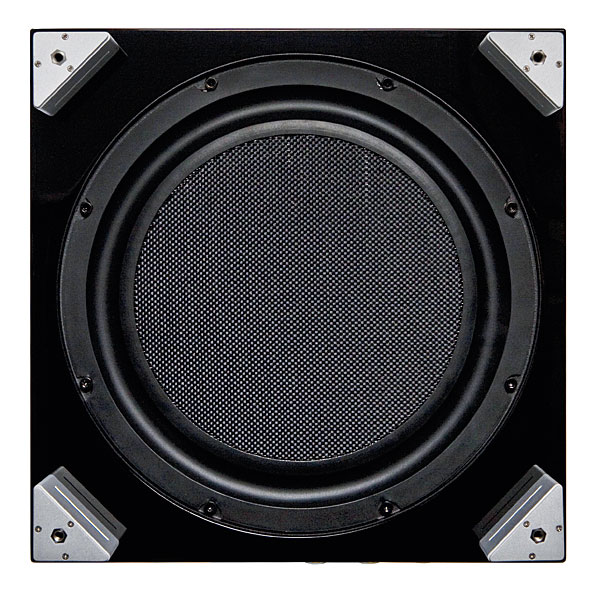For some reason, REL has been quite the reviewer's darling over the years, even though the performance/price ratio has always been terrible. I notice REL is still pushing the old-fashioned idea of running speakers full range.
There is no reason this sub should be a top pick. This sub is rolling off at 24 dB/octave below 40 Hz. Many $300 subs have better performance than this. Even relying on room gain and boundary reinforcement would not result in flat response to 20 Hz. Compounding the poor low-end performance is the fact that the sub rolls off just as hard in the higher frequencies...being already 3 dB down at 60 Hz severely limits the types of speakers this sub can be used with.
Let's face it, this is clearly a band-pass design and not a very good one at that. I would be disappointed to pay $500 for this, let alone $1800.




































































